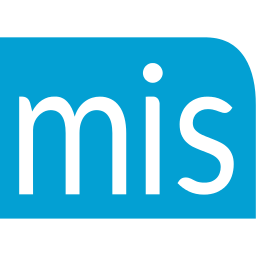 If you’re in B2C sales (business to consumer), then you’ve no doubt gotten the objection, “My relative handles that for me, and I wouldn’t be interested in changing.”
If you’re in B2C sales (business to consumer), then you’ve no doubt gotten the objection, “My relative handles that for me, and I wouldn’t be interested in changing.”
In B2B sales (business to business), this objection often manifests as, “We’ve been doing business with X for years and we get the best (rates, service, etc.) and we wouldn’t be interested in switching.”
Other variations include:
“We have a rep who visits us each week and we don’t want to do business over the phone,”
OR
“I’ve known my rep for years and we have a great relationship so I wouldn’t be interested,”
OR
“Our supplier is the boss’s son (or father, sister, pastor, etc.) and we only do business with people we know.”
The list can go on and on.
The tricky thing about this objection is that we can all relate to having a personal relationship with a family member or someone we really like and trust, so we feel awkward trying to overcome it.
Here’s the thing: sometimes this is a real objection, and sometimes it’s just a smokescreen that works on salespeople so the prospect keep using it. Either way, below are some ways to get around it, or, at least, set the prospect up so they’re thinking about you when that relationship changes:
Response One:
“I totally know how that is, and I’m not here to come between you and that relationship. But hey everything changes, as you know, and if something should change between how you’re doing things now, it’s always good to have done your research in advance so you’re not scrambling later.
Why don’t we at least get together briefly, and I’ll give you some solid options in case you ever need them…”
Response Two:
“I understand and you know _________, every now and then initiatives change. Sometimes you might need a lower price, or more variety of product, or who knows. The point is that it’s always good to know what’s out there.
How about this: it doesn’t cost anything to at least compare what’s really out there these days, and who knows, if things change with you, at least you’ll know who to call to ask questions. Let’s do this…”
Response Three:
“Glad your (brother in law, sister in law, etc.) is handling this for you, but heaven forbid anything ever happen, you know a divorce or a falling out, you’ll be happy you’ve got a good backup!
Let’s do this….(set an appointment)”
Response Four:
“Well _________, you know how life is – people can get sick, or change jobs, or whatever – the smart thing for you to do is to always have a ready back up, you know just in case…
Since it doesn’t cost anything to learn about our services and prices, why don’t I drop by…”
Response Five:
“Because things have changed a lot since you’ve been working with (him/her), I’d suggest you at least be prudent and learn about what the current market has to offer you. Who knows? You may find that there’s an even easier/less expensive option available to you and you can let them know about it!
Let’s do this…”
Response Six:
“I’m happy you’ve found someone you’ve been able to trust for all these years. Let me ask you this: If something changes with that relationship and you find that you need to look elsewhere, could I be the next in line person you speak to about getting this (product/service) from?”
[If Yes – get information and give yours, then]
“_________, just out of curiosity, what might have to happen for you to even begin looking?”
Now you have a variety of ways to handle what may have seemed like an almost impossible objection in the past. Will all these work? No. Will some of them work a lot better than what you’re probably saying now? Yes!


